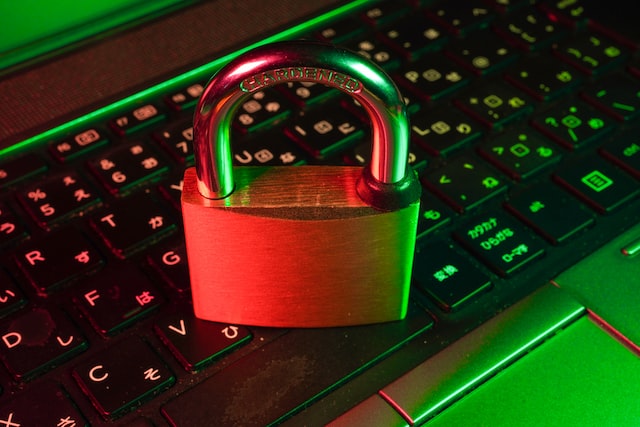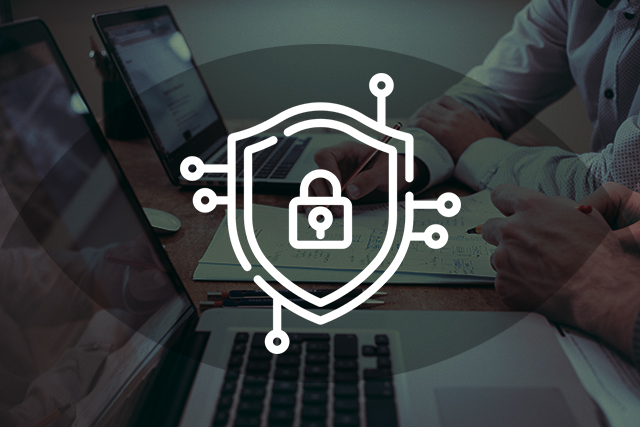As the Internet of Things (IoT) grows, so do the challenges of integrating data from various devices and systems. IoT devices generate vast amounts of data, but integrating and analysing this data can be complex and difficult, especially given the diversity of devices and data formats involved.
In this article, we’ll explore some key challenges associated with integrating IoT data and strategies and technologies that can help overcome these challenges and unlock their IoT’s full potential.
- IoT data integration challenges
- Security challenges in IoT data integration
- IoT device authentication challenges in IoT data integration
- Best practices for overcoming IoT data integration challenges
- Conclusion
IoT data integration challenges

Data privacy and security are two of the most significant challenges regarding IoT data integration. Just some examples of commonly used IoT devices today are:
- Smart thermostats
- Fitness trackers
- Smart locks
- Smart lighting
- Smart appliances, equipment, and machinery
As you can see, the spectrum of IoT devices is vast, and they are deployed across almost every industry or context you can think of. This calls for using a variety of data types and formats to efficiently transport, store, manipulate, and use the information gathered. Some typical data formats for IoT include JSON (JavaScript Object Notation), XML (eXtensible Markup Language), CDV (Comma-Separated Values), and more.
Of course, working with more data types makes data security more complex and challenging. It leads to a need for out-of-the-box standardisation and compatibility issues when building a coherent ecosystem. This can result in a host of security and privacy-related vulnerabilities.
Security challenges in IoT data integration
To address these challenges, companies need to implement robust security and privacy protocols at every stage of the data integration process.

These challenges typically manifest in the following ways:
- Data collection: Devices may collect sensitive information without the user’s knowledge, which can lead to privacy violations.
- Data storage: If data is stored in an unencrypted form, it can be easily accessed by unauthorised individuals.
- Data transmission: When data is transmitted between devices or to a centralised server, it can be intercepted by malicious actors. This can lead to privacy breaches and data theft.
- User consent: Users need to be informed about what data is being collected, how it will be used, and who will have access to it to make informed privacy decisions.
- Authentication and access control: IoT devices need to be authenticated, traceable, and have access controls enforced on them. However, devices also need to be able to authenticate the user and control their access to data. Without strong authentication and access control, unauthorised individuals or devices may be able to access sensitive information.
- Interoperability and standardisation: IoT devices often use different communication protocols and data formats, making integrating data from multiple sources difficult.
While IoT data security is a multi-faceted problem, authentication is particularly challenging to deal with effectively. So, we’ll dig deeper into its root causes and how to address them effectively below.
IoT device authentication challenges in IoT data integration

Traditional IoT device authentication methods based on username + password security credentials have several shortcomings that can impact security and usability. Here are some of the key limitations that need to be addressed:
- Passwords can be stolen or guessed via social engineering, brute force, or malware (keyloggers, trojans, etc.) tactics.
- The difficulty of remembering long, complex passwords leads to poor management practices, like password reuse.
- Two-factor authentication (2FA) can provide an additional layer of security but can also be vulnerable to attacks like SIM swapping or phishing.
- Biometric authentication methods like fingerprint or facial recognition can be spoofed or deceived (although it’s more difficult than credentials).
- Traditional authentication methods can be difficult to scale to meet the needs of large organisations or complex systems.
- Traditional authentication methods can be cumbersome and time-consuming, leading to user frustration and a lack of adoption.
Digital certificates are an increasingly popular method used for device authentication. They work by using a cryptographic mechanism and certificate authority (CA) to uniquely identify and verify the identity of IoT devices. This allows devices to establish secure communication without any user intervention. However, digital certificates are not without their challenges, such as distribution and deployment, lifecycle management, and key management. However, when used correctly, they are a major step in the right direction.
New IoT device authentication methods that leverage emerging technologies like artificial intelligence, machine learning, and behavioural analytics are also being developed. These new methods can provide stronger security while also improving usability and scalability. Examples include risk-based, continuous, and passwordless authentication. Many of these measures can be found in leading IoT integration platforms/services.
Best practices for overcoming IoT data integration challenges
Overcoming IoT data integration challenges requires a combination of best practices, including robust data governance, security and privacy protocols, and the use of advanced technologies.
Here are some best practices businesses can adopt to overcome these challenges:
- Adopt a security-first approach: Security should be a primary concern across all stages of the IoT development process. This involves identifying potential security threats, implementing security controls, designing secure systems, and regularly monitoring and updating security measures.
- Implement multi-factor IoT device authentication: Use two or more authentication factors, such as passwords and physical devices, to verify a user’s identity. Methods include biometric authentication, one-time passwords, and smart cards. Not all MFA methods are equally secure; for example, security keys are more effective than SMS.
- Ensure compatibility and standardisation: Try to adhere to common protocols and standards for data exchange, such as HTTP and MQTT, by using standardised data formats and industry-wide best practices. Testing and certification programs can establish a shared understanding and approach to managing IoT data, ensuring interoperability and facilitating data exchange.
- Regularly update firmware and software: Often overlooked, this is crucial for ensuring security, improving device functionality, and addressing any vulnerabilities or bugs. Failure to update can expose devices and networks to cyber threats, compromise user privacy, and lead to operational issues.
- Analyse and monitor data: Machine learning algorithms, artificial intelligence, and anomaly detection can help identify abnormal behaviour and potential security threats. Organisations can quickly identify and respond to potential issues by monitoring IoT data continuously to minimise risk.
Conclusion
While IoT data integration faces many challenges, several potential solutions exist. The key is adopting a security-first approach permeating your IoT lifecycle. And to understand that security is not just about the measures you put in place but also the experience you create for users.











